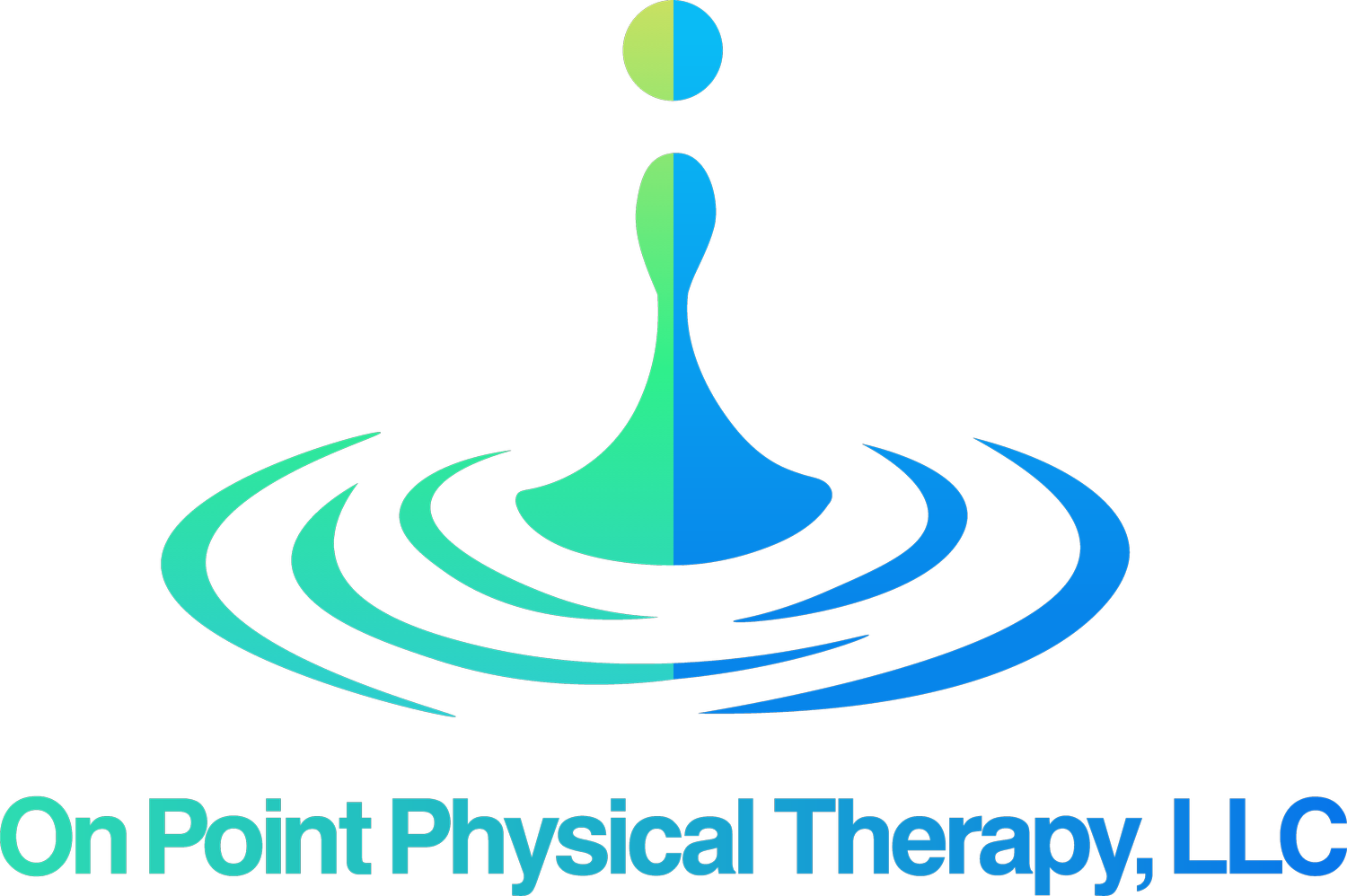How Fascial Counterstrain Enhances Physical Therapy Recovery.
In the realm of physical therapy, a revolutionary approach known as Fascial Counterstrain is quietly transforming the way we view and achieve recovery. This innovative technique goes beyond conventional methods, offering a fresh perspective on how to enhance the healing process and optimize physical therapy outcomes.
Understanding Fascial Counterstrain
Before delving into its benefits, let's first explore what Fascial Counterstrain entails. At its core, Fascial Counterstrain is a sophisticated manual therapy technique that targets the fascial system—a web-like network of connective tissue that weaves throughout the body, enveloping muscles, bones, nerves, and organs. When this fascial network becomes restricted or inflamed due to injury, trauma, or chronic stress, it can lead to pain, limited mobility, and dysfunction.
Fascial Counterstrain employs a unique approach that seeks to identify and release these restrictions by gently guiding the body into positions of comfort. Unlike traditional therapies that may involve forceful stretching or manipulation, Fascial Counterstrain focuses on creating a safe and relaxing environment, allowing the body to naturally release tension and restore balance.
Enhancing Recovery Through Fascial Counterstrain
Targeting the Source: Traditional physical therapy methods often address symptoms, but Fascial Counterstrain goes further by targeting the underlying cause of discomfort. By releasing fascial restrictions, the body can restore proper biomechanics and alleviate pain at its source.
Promoting Circulation: Fascial Counterstrain techniques encourage improved circulation within the fascial system, aiding in the removal of toxins and waste products that can impede the healing process. Enhanced circulation fosters an optimal environment for tissue repair and regeneration.
Restoring Mobility: By releasing fascial restrictions, Fascial Counterstrain helps restore natural movement patterns. This translates to improved joint mobility and enhanced flexibility, enabling patients to regain their range of motion more effectively.
Holistic Approach: Fascial Counterstrain recognizes the interconnectedness of the body's systems. By addressing fascial imbalances, this technique can indirectly impact other aspects of health, such as the nervous and circulatory systems, contributing to a more comprehensive and holistic recovery.
Pain Relief and Beyond: While pain relief is a primary goal, Fascial Counterstrain offers a host of additional benefits, including reduced muscle tension, improved posture, and an overall sense of well-being. Patients often report feeling lighter and more at ease after sessions.
A Partnership for Optimal Recovery
Fascial Counterstrain isn't merely a standalone technique; it complements and synergizes with traditional physical therapy approaches. When integrated into a comprehensive treatment plan, it can amplify the effectiveness of exercises, stretches, and other therapeutic interventions.
As the field of physical therapy continues to evolve, Fascial Counterstrain stands as a testament to the power of innovation in enhancing recovery. By targeting fascial imbalances and promoting natural healing processes, this technique offers a new dimension of hope for those seeking to regain their mobility, alleviate pain, and achieve optimal physical well-being.
In Conclusion
Fascial Counterstrain is more than a technique—it's a breakthrough in the world of physical therapy. Its gentle yet profound impact on the fascial system has the potential to unlock new levels of healing and recovery. By embracing this innovative approach, both practitioners and patients can embark on a transformative journey towards enhanced mobility, reduced pain, and a higher quality of life.
